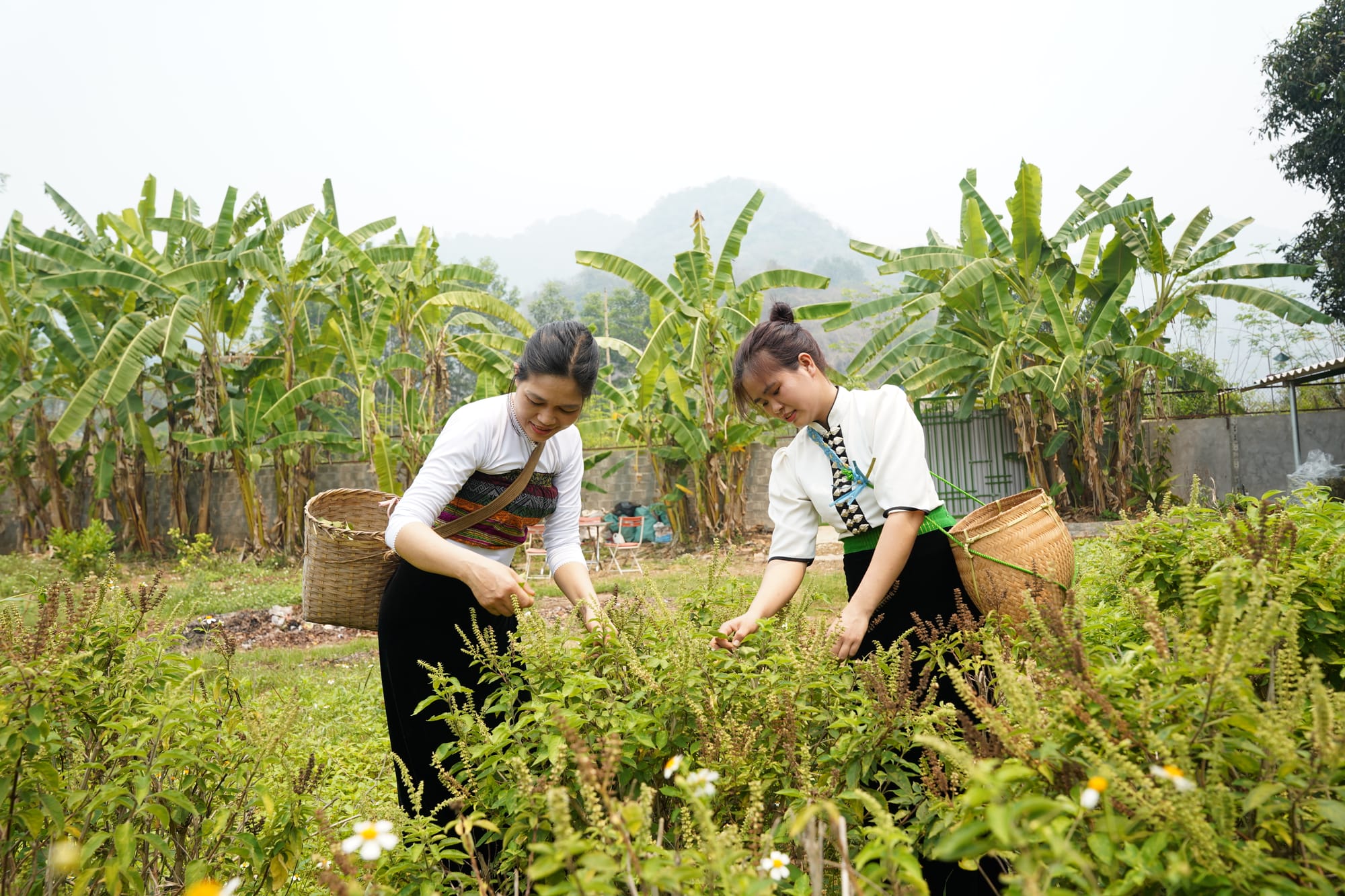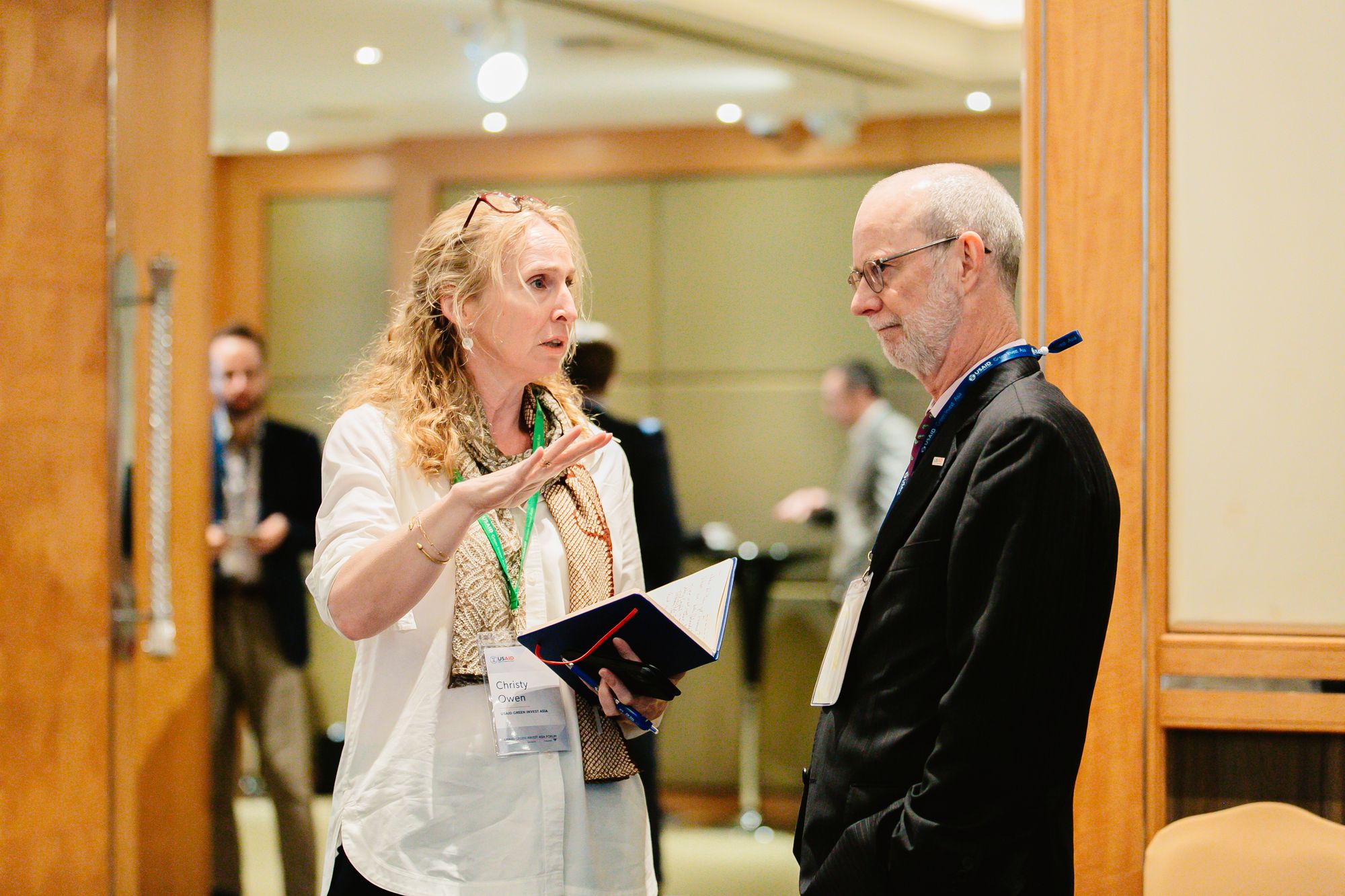The challenge was steep but straightforward. Survey, collect, and clarify information for all land parcels in Rwanda—an estimated 7.9 million plots that eventually turned out to be millions more—and provide lease certificates to all rightful claimants. Never before attempted in Rwanda, yet alone accomplished, this feat had to be executed in line with Rwanda’s land law, completed in less than five years, and delivered “affordably.”
In the end, the desired results were achieved. HTSPE (now DAI) established a formal system for regularising land ownership and identified and registered more than 10.3 million land parcels. We provided substantial input to establish a cadastre of property ownership that will underpin long-term social stability. We drove down the cost per title to around $7 in Rwanda, an historic benchmark in land registration. We employed more than 100,000 people—more than 1 percent of the population—with 99 percent of them being hired from local communities. And we ensured the rights of women and vulnerable groups were secured: the Government of Rwanda’s own Gender Monitoring Office reported in 2012 that “The land registration process is a positive mechanism to improve gender equality.”
So what lessons did we learn along the way that can inform other programmes and international best practices?
1. Government Targets Come First
The Land Tenure Regularisation (LTR) programme was essentially a support programme to the Government of Rwanda. The government set the targets and defined the parameters for the process. Our role was to provide advice in setting the targets and the means of implementation—under the government’s conditions. Importantly, the government had to decide upon four key conditions before implementation began: the scale, required accuracy, cost, and speed of LTR delivery.
This model—the government as manager, implementing partner as support—worked well in Rwanda. Indeed, in any country it is the government that should be dictating the process, with the support team providing the “how to.” A government’s choices in the inherently controversial arena of land may well attract criticism, so it is important that those choices are seen to come from the legitimately constituted arm of the state.
2. Commitment is Key
The Government of Rwanda is known for its drive to succeed; the LTR process was no exception. Cabinet acceptance of the overall strategic plan for land reform meant that the government’s commitment came from the very top, but it was apparent right down to the local level. Umudugudu, or village, leaders supported the communication and implementation of the LTR process in the villages. District and zonal leaders were present for major events involving the community, sometimes even leading public awareness sessions. Zonal offices were also the base for all field and data entry activities in particular zones. The Rwanda Natural Resources Authority led efforts nationally.
The government also ensured that the goals for LTR were included in various performance targets for the country as a whole. Rwanda’s Economic Development and Poverty Reduction Strategy 2 (2013–2018), for example, enshrines the goal of sustained growth and poverty reduction, which entails rural development and, in turn, “Securing land tenure for all land claimants.”
Demonstrated commitment to the cause, plus embedded targets at all levels of government, ensured effective delivery and participation at all levels, and was crucial to the success of the programme.
3. Gaining Community Trust
One of our greatest challenges was the initial data collection processes, known as demarcation and adjudication.
Demarcation is the activity of collecting spatial data. Demarcation was carried out by villagers, known as “parasurveyors,” who would walk the boundary with the claimant, their neighbours, and the Umudugudu leader to ensure all parties agreed upon the parcel’s parameters. This community-driven process of surveying meant that someone known in the community—not an outsider—was responsible for defining the boundaries. One of the benefits of employing designated, well-known parasurveyors was their ability to spread awareness and understanding of the process. Another benefit? Employment. The LTR process provided good, albeit temporary, jobs to more than 100,000 people.

The activity of collecting the textual data and recording any disputes was called adjudication. In Rwanda, adjudication was led by a body known as the Cell Land Committee, made up of democratically appointed officials and support staff. The objective of the Cell Land Committee was to record all available information related to the parcel, including name of claimants, their relationship, ID card number, and the use to which the land in question was put. They separately recorded any disputes that had arisen and ensured that these were referred to the relevant arbitration authority.
These two forms of community-based data collection were essential to the success of the programme. The methods we employed came out of the need to process the parcels as quickly and cheaply as possible, but ended up having positive knock-on effects in terms of community engagement and awareness building. Luckily, Rwanda has a strong local administrative structure, allowing for decentralisation of the process. That decentralisation proved crucial.
4. Using Data for Project Control
The LTR programme relied on constant data monitoring to track whether the programme was on schedule. This discipline not only assisted in programme control, but allowed for the setting and re-setting of more realistic milestones as the team learned what was achievable. The more realistic and achievable the milestones, the better the performance.
For example, close monitoring quickly revealed that the lease production activity was not keeping pace. To address this shortfall, we broke down the activity into sub-activities, with a target for each based on experience. Where bottlenecks became apparent, we invested to improve volume. A simple example: we employed too few staff to write the names of claimants on the envelopes in which the leases were placed. Once we hired more people to do this task, the lease production unit improved and eventually exceeded its target.
5. Raising Public Awareness
Communications—both informing and listening—are vital to influence social opinion and gain wider acceptance of any new policy. For LTR programmes in particular, it is crucial to ensure that citizens are fully informed of their rights, their obligations under those rights, and what the new land lease means for them. People will naturally be wary of any change in regard to their land, especially if they do not fully understand what is happening and why.
Raising the public’s awareness of LTR was vital first to ensure, as far as possible, that people understood their rights under the law, but also to mitigate distrust and thereby smooth the implementation process. We benefited from using multiple communications channels—including public meetings, radio spots, television ads, posters, leaflets, and picture flipcharts—and from systematically analysing what worked and what didn’t.
6. Embracing Open Source Technology
Typically, one of the high fixed costs in a land tenure programme is software licences and other commercial packages. If cost-effectiveness is a priority, open source software is a great option.
While the Geographic Information Systems component of the Rwanda LTR programme used a mixture of open source (such as for the georeferencing of field sheets) and commercial software, the textual database was developed using only open source. The flexibility of the software allowed changes to be made easily and also helped bring down costs, saving close to £150,000.
7. The Importance of the Back Office
Often overlooked in the design of an LTR programme are office-based activities, which can be substantial. At any one time, the Rwanda programme employed 600 to 700 back office staff responsible for data entry, digitisation, and lease production, including nontechnical activities such as checking data, stamping the leases, and packaging the five documents which—in Rwanda’s case—make up a lease. Data checkers had to check 600 entries a day. The lease production team was so large it had to be employed in three shifts, working through the night to ensure leases were checked and placed in envelopes. At this scale, cost savings quickly add up. Carefully managed back office staffing and equipment are essential to success when implementing LTR en masse.
8. Ensuring Equality
A key element of the Organic Land Law is that everyone has an equal right to claim land; there should be no discrimination. Women’s rights to land, for example, must be protected. Under the law, each spouse has an equal claim to the married couple’s land, and this claim had to be recorded on the lease certificate.
At the end of the programme, 83 percent of privately owned land was registered to married couples, with 10 percent held by women on their own and 5 percent by single males. “The monitoring demonstrated that the land registration process was successful and benefited both men and women,” concluded Rwanda’s Gender Monitoring Office in 2012. That said, more can always be done. A 2012 paper by CARE International suggested that more socially inclusive activities would assist in raising awareness around gender and property issues, pointed out that the rights associated with polygamous relationships remain a subject of debate, and noted that women may still be unlikely to inherit land. However, when the final statistics and initial reviews are considered, it is clear that LTR went some way toward securing equitable rights to land. It will be important to continue communicating women’s rights, and to ensure that pertinent laws on the books are actually enforced.
9. Providing Employment to Rwandans
The LTR programme provided income through contracting and allowances to more than 100,000 Rwandans. Many staff used their earnings to further their education. And many of those staffers landed government positions at the end of the programme. Of the staff hired by the programme, 99 percent were Rwandans; only two expatriates were employed full time.
One of the key lessons learned is that citizens have to feel ownership in the process for it to work as a countrywide initiative. Land reform is far less likely to cause conflict if communities believe they are in control of the process.
In Rwanda, LTR was a participatory process, resulting in a beneficial social impact beyond the planned outcomes of the programme, including the cash transfer through wages and the subsequent benefits this may bring such as education, as well as increasing ownership of the process. Any future programme would benefit from a similarly participatory approach.
10. Handling Disputes
The LTR Manual, which defined the process of LTR being implemented, states that if disputes over land tenure arise, the adjudication committee will do its best to resolve the matter within the law. If it is unable to do so, then the committee lodges the dispute and advises the claimants to raise it through the judicial system, which means that the parcel is flagged as disputed and no lease issued.
The LTR programme recorded relatively few disputes—just 12,000 nationwide. This small number is attributed to strong communications to claimants about their rights, effective training of cell staff in the law and in dispute resolution, and continuous monitoring of disputes. In the future, it is safe to assume that more disputes will arise, if only because the newly formalised system now houses so many more records around which disagreements may arise. If LTR is to be a success in the long term, provision should be made to ensure that the legal system is equipped to handle more requests for dispute resolution.
Land Tenure Reform in Rwanda: A Roadmap
In 2006, the Government of Rwanda, with support from HTSPE (now DAI), developed its Strategic Road Map for Land Tenure Reform in Rwanda. This document covered the gamut of land tenure issues, from policy and legal refinement and development of the Land Administration System to the design for systematic Land Tenure Regularisation (LTR) and plans for land management and land use planning functions. Notably, the design phase of the Support to Land Tenure Reform Programme, funded by the U.K. Department for International Development (DFID), allowed the space and time to ensure that LTR was legitimate, that it was appropriately tested, and that the government was committed to the task.
Under the subsequent LTR component supported by DAI, the government sought for the first time to systematically issue leases under the 2008 Organic Land Law. Issuing leases to all rightful claimants required the programme to collect, verify, and approve (and, if necessary, forward for dispute hearings) two sets of data for every land parcel: spatial location, on the one hand, and claimant information (such as name, ID card, and land use) on the other.




